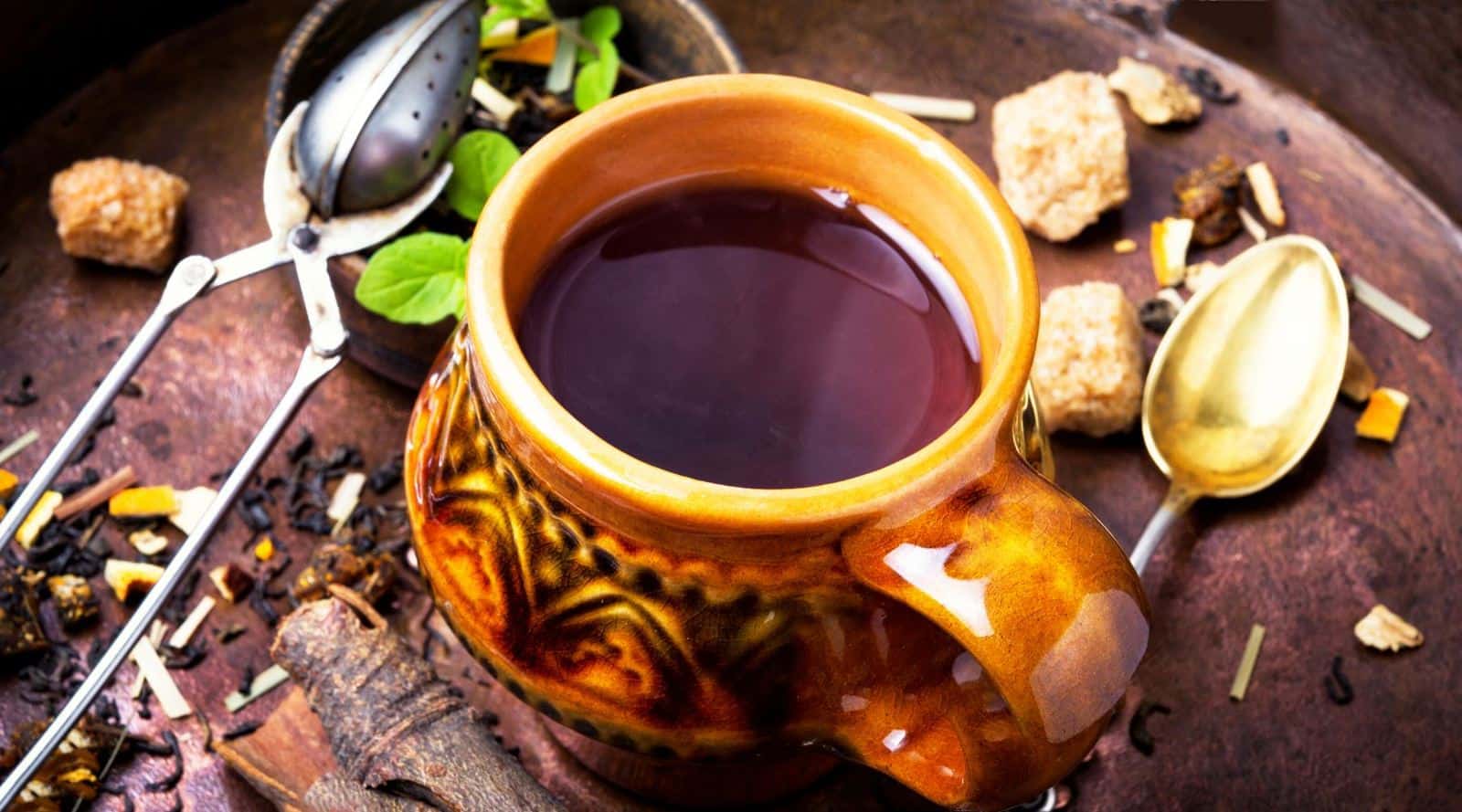Tea comes in six distinct colorations: green, brown, black, yellow, white and oolong. However, between the major colors, are the subcategories. Your domestically prepared black brew can come out light dark or bright red or even yellowish dark for some brands.
Many varieties of tea plants come from the same bush, Camellia Sinensis. However, depending on the method employed during the crafting process, the ensuing brews may vary widely based on their colors. The primary cause of this difference lies in two factors – fermentation and oxidation.
Fermentation in tea leaves
Fermentation in tea refers to the process of allowing the tea leaves to oxidize enzymatically. In this process, the tea leaves are picked from the farm and placed in a safe place where they dry naturally. As they dry, the leaves, due to moisture present in both the air and their biological makeup, wither and ferment.
Depending on the type of tea, coloration and flavour you are after, you can opt for either very light fermentation, semi-fermentation or full-fermentation. Tea processing firms stop the process of fermentation through either pan-frying or steaming.
1. Very light fermentation
These types of teas maintain most of their original flavors. Light green and light white teas fall in this category. In this process, crafters prune their leaves and store them for sometimes. Just when they start to wither, the leaves are steamed or pan-fried.
2. Semi-fermentation
This is a medium type of fermentation where 10% to 80% of the leaves are left to undergo the enzymatic process. These type of teas feature subtle fragrance and brown or slight yellowish hue. The coloration of teas in these categories can be subdivided into three.
- Light color (10%-20%)
- Medium color (20%-50%)
- Heavy color (50%-80%)
3. Fully fermented teas
Deep black tea falls in this category. Here, the crafters keep pruned tea leaves in a safe room where they are left to fully undergo enzymatic process till all the parts of the leaves are fully fermented. The resultant brews feature a malt-sugar-like taste with a deep hue.
It is worth noting that not all brands of tea undergo the process of fermentation. Brands that undergo fermentation belongs to a bracket of teas called heicha. Depending on the prevailing environment, the period of fermentation may vary from one brand to another. Otherwise, any process that is enzymatic and geared towards developing the flavours of tea is fermentation.
Oxidation in tea leaves
Oxidation is often confused with fermentation. However, the two processes are unique and very different.
Oxidation is a naturally occurring process in which the enzymatic components in tea leaves are exposed to oxygen. It is what causes the leaves of the bushes to turn brown just after the harvest.
When the leaves are exposed to freely occurring oxygen in the air, their cell walls have degenerated. In the process, polyphenol oxidase—the protein behind the savoury taste of tea—is exposed to oxygen.
Unlike fermentation that is 100% enzymatic, oxidation is 100% chemical reaction. Various crafters use a different type of techniques to induce, control and even stop the process. Nevertheless, when not stopped, oxidation can result in degeneration of the protein in the leaves hence leading to rot.
Related Article: Tea Fermentation vs Oxidation – Knowing the Difference
How to initiate oxidation
Oxidation starts immediately when the cell wall of the leaves is damaged. This can be achieved by maceration, rolling or tumbling the tea leaves. Popular plants use maceration since this method quickly exposes the crumbled cells to oxygen hence achieving an immediate initiation.
Tumbling is the easiest of all the process. It demands hand-shaking of the tea leaves using a shallow basket. However, the process can result in immature oxidation if not insightfully done.
How to control oxidation
Oxidation occurs best in a temperature range between 80-85oF and in an environment rich in oxygen. To control the process, tea producers raise this temperature to about 100oF and control the oxygen supply.
How to stop oxidation
In a process called fixing, tea producers raise the prevailing temperature to about 140oF. This temperature range denatures polyphenol oxidase and another enzyme called peroxidase. This process is also called kill-green ( a Chinese language for shaqing) You can also minimize the rate of oxidation in green leaves by steaming, pan firing, baking, tumbling and sun drying.
So, how does oxidation affects the colour of tea?
From the layman’s perspective, all green plants contain chlorophyll molecules that give them their distinct colour. During the process of oxidation, these molecules are broken down so that the leaves become light green. The more you oxidize the leaves, the more the green pigment fades.
Conclusion
Oxidation and fermentation can be achieved through DIY processes. However, proper cautionary measures must be taken into consideration since the processes can bury the savoury taste of your drink.


